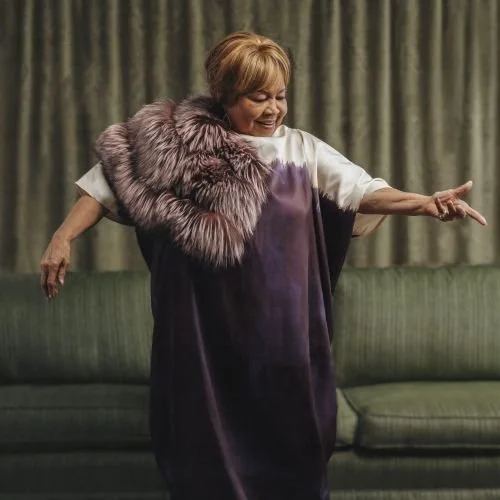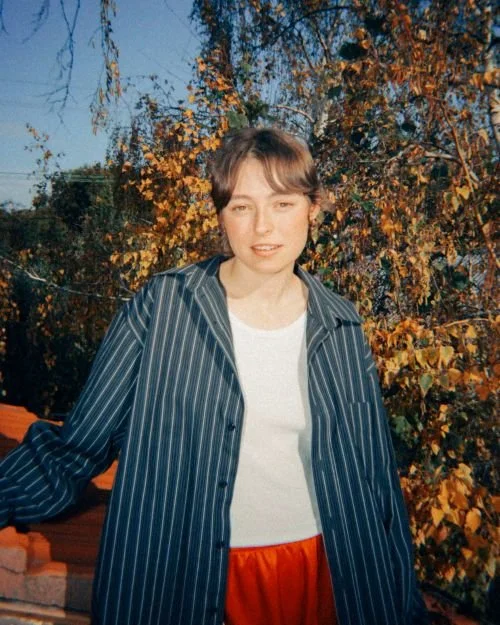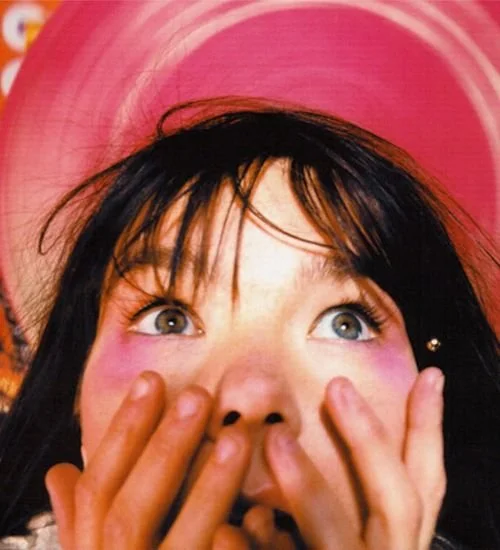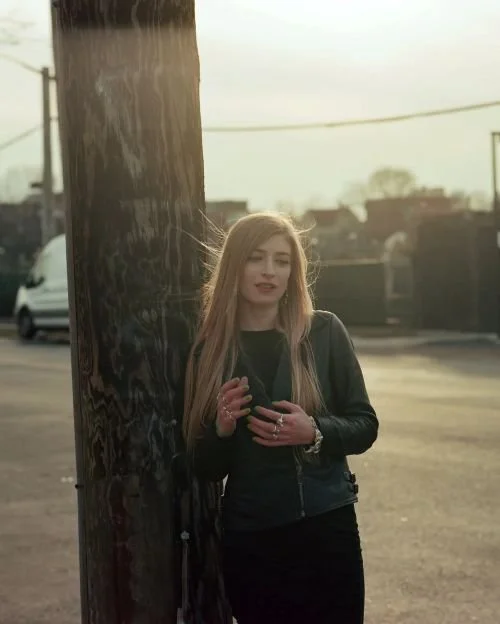FEATURE:
The Digital Mixtape
PHOTO CREDIT: Anna Lee Media
What’s My Age Again? blink-182’s Tom DeLonge at Fifty
__________
I wanted to mark…
the fiftieth birthday of Tom DeLonge. The guitarist and vocalist of Blink-182 celebrates his birthday on 13th December. The band released their ninth studio album, One More Time..., in 2023. There was a period when DeLonge was not in the band. Departing in 2015, he was prompted to return after bassist/vocalist Mark Hoppus was diagnosed with lymphoma in 2021. After a meeting between DeLonge and his former bandmates, the trio overcame lingering disputes, which later led to DeLonge's return. It is great that he is back in the fold. I am going to celebrate his fiftieth birthday by combining some of the best blink-182 songs. Before getting there, I am coming to some biography from AllMusic:
“As the singer/songwriter fronting blink-182, Tom DeLonge was one of the biggest punk rock stars at the turn of the millennium. He parlayed that success into the spacier project Angels & Airwaves, a group heavily indebted to the college rock of U2 and the Cure, which DeLonge formed while blink was on hiatus in the back half of the 2000s. For a while, he kept both a reunited blink-182 and Angels & Airwaves afloat, but after the blink reunion collapsed in 2015, he launched a solo career with the clearinghouse demo To the Stars.
To the Stars appeared two decades after blink-182's 1995 debut Cheshire Cat, but that wasn't the start of DeLonge's musical career. A native of the San Diego suburb Poway, the teenage DeLonge loved skateboarding and punk, learning how to play guitar in his early teens. In his late teens, he formed a group with drummer Scott Raynor and bassist Mark Hoppus, flying through a variety of names before landing on blink-182. They cut a demo called Flyswatter in 1993 and another called Buddha in 1994, signing with Cargo Records later that year. Cheshire Cat, their official debut, arrived in 1995, supported by heavy touring, all of which helped the group take the leap to the major-label MCA in 1996. Dude Ranch, their major debut, came out in 1997 and the single "Dammit," along with the group's slot on the inaugural Warped Tour, helped raise the their profile. Raynor left the band in 1998, replaced by former Aquabats drummer Travis Barker. This new lineup recorded 1999's Enema of the State, the album that turned blink-182 into crossover stars thanks to the hits "All the Small Things" and "What's My Age Again?" Over the next few years, blink-182 was the reigning pop-punk band, with their 2001 album, Take Off Your Pants & Jacket, sustaining the group's momentum.
Despite this success, tensions started to surface in the band when DeLonge cut the 2002 side project Box Car Racer with Barker but not Hoppus. A full-band effort, the eponymous blink-182 came out in 2003, and its darker, artier sound didn't satisfy some of the band's fans. Then came further fractures in the band's relations, highlighted by Travis Barker's decision to film a reality show for MTV called Keeping Up with the Barkers and DeLonge's desire to slow down their schedule so he could spend time with his family. All this led to blink's breakup in 2005.
DeLonge resurfaced in 2006 with a new band called Angels & Airwaves, an ambitious outfit inspired by '80s college rock icons the Cure and U2. A&A released their debut, We Don't Need to Whisper, in 2006, quickly followed by I-Empire in 2007. The next year, DeLonge decided to reunite blink-182 in the wake of Barker surviving a plane crash. A full tour followed in 2009 but the reunion album, Neighborhoods, didn't surface until 2011; during this down time, DeLonge recorded the ambitious, multi-part A&A project, Love Album, Pts. 1 & 2. Neighborhoods performed respectably but softly, leading the band to part from their major label -- now Interscope, after several corporate consolidations -- in October 2012. An indie EP called Dogs Eating Dogs showed up at the end of 2012, then DeLonge turned his attention back to Angels & Airwaves, recording the 2014 album The Dream Walker. Next up was another blink-182 album, but the band fell apart again in early 2015. DeLonge rallied by releasing his first solo album, To the Stars -- a collection split between blink demos and ideas for A&A -- that April”.
Sharing the lead vocals with Mark Hoppus, I am including blink-182 songs that feature either his incredible guitar or vocal work. Maybe you have not heard of the band or are a minor fan. I feel it is important to mark his fiftieth birthday on 13th December. Below is a mixtape of wonderful tracks from the district and…
SIMPLY brilliant blink-182.






































































